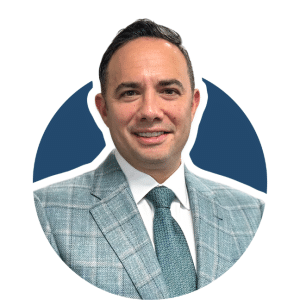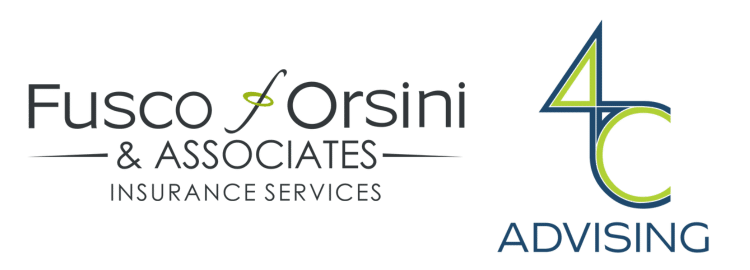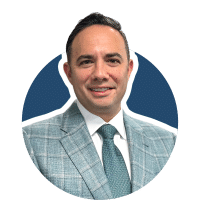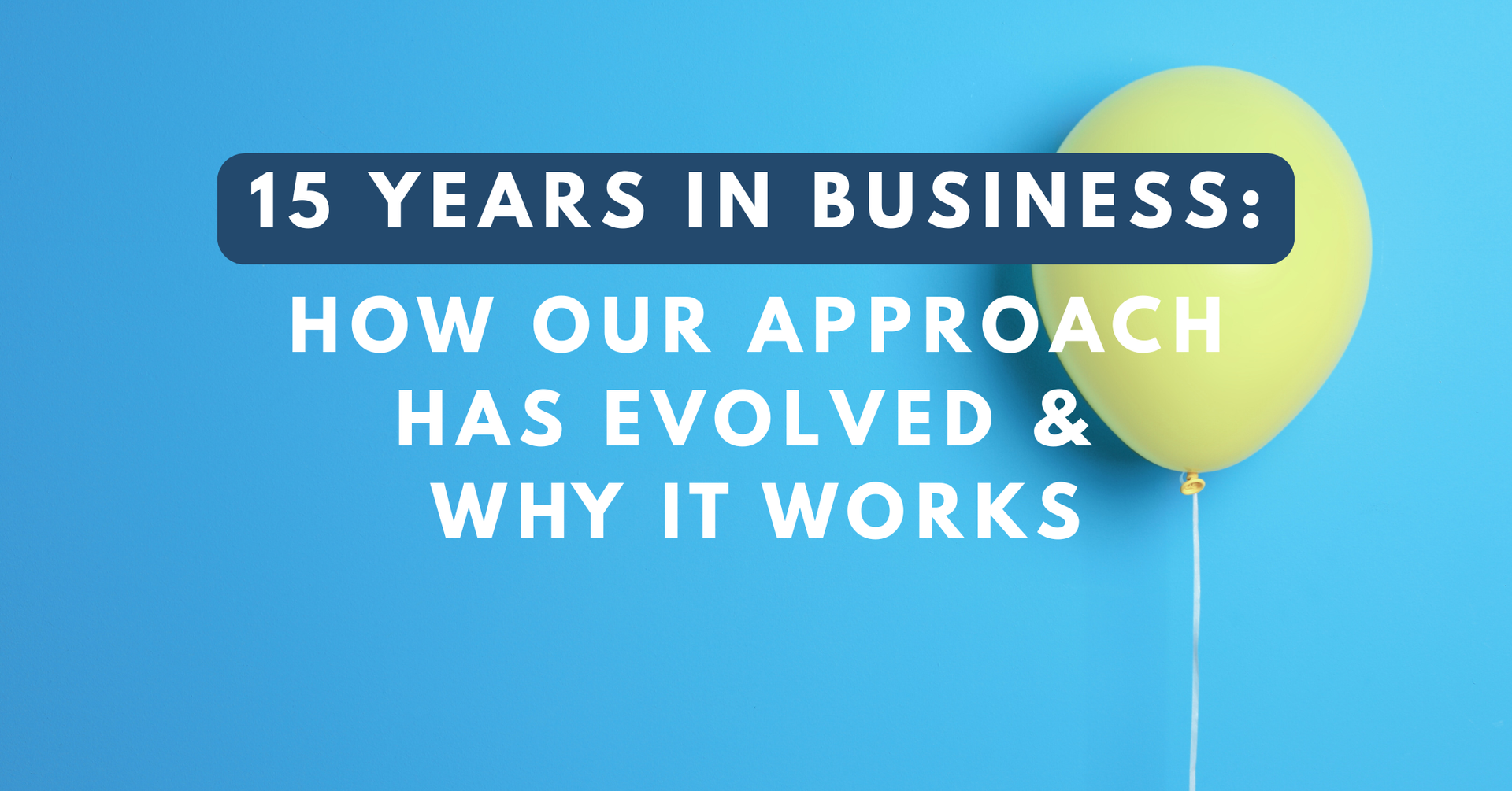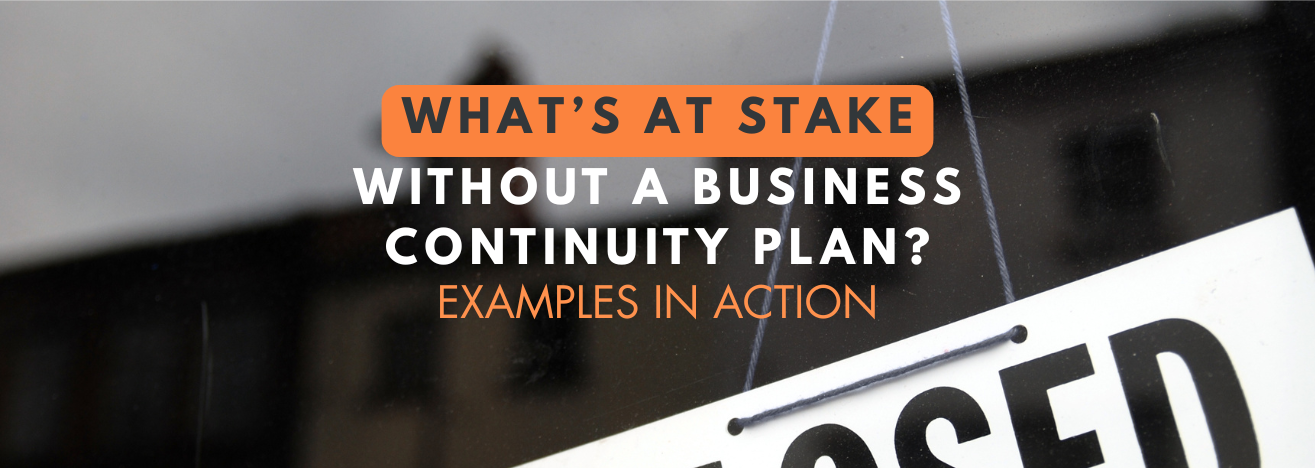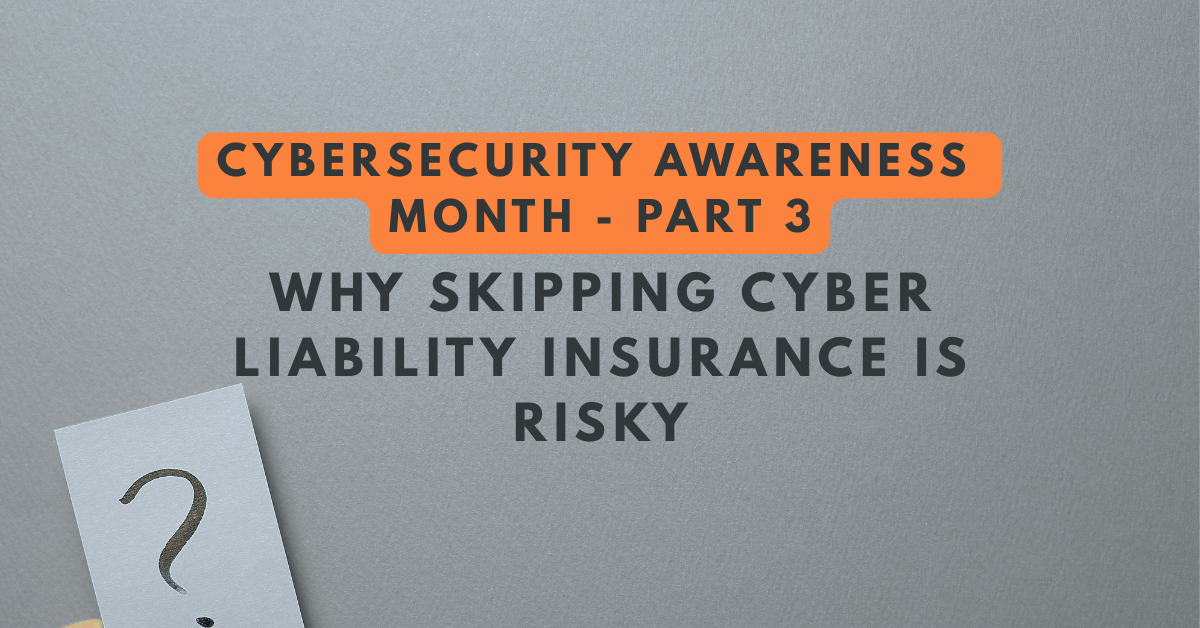Business Property Insurance vs. Business Liability Insurance: What’s the Difference?
See How We're Different
or call us: (858) 384‑1506
If you own a business, understanding business property insurance vs. business liability insurance is essential to ensure complete protection for your company and its assets.
Both business property insurance and business liability insurance play critical roles in safeguarding your business, but they cover different types of risks. Do you know the key differences?
What is Business Property Insurance?
Business property insurance protects against loss or damage to tangible property, such as a building or its contents. It typically covers damage caused by fire, theft, and natural disasters. This type of insurance ensures that your physical assets remain protected in unexpected events.
What is Business Liability Insurance?
Business liability insurance protects against financial loss from legal claims against the policyholder. This coverage typically includes costs associated with legal defense, damages, and lawsuit settlements.
Common types of liability insurance include:
- General liability insurance – covers risks like bodily injury and property damage.
- Professional liability insurance is designed to cover errors and omissions in specific professions, such as doctors, lawyers, and accountants.
Check out our Video!
Key Differences: Business Property Insurance vs. Business Liability Insurance
In summary, business property insurance protects the physical assets of a business, while business liability insurance provides financial protection from legal claims. Both are essential, but they serve distinct purposes.
📺 Watch this video to learn more: YouTube Link
Breaking Down Business Property Insurance Coverage
Building and Contents Coverage
A fundamental part of business property insurance, this policy covers damage to commercial buildings and their contents due to fires, theft, or vandalism.
Business Income Coverage
Also known as business interruption insurance, this coverage protects your income if you halt operations due to property damage from a covered event.
For example, during the 2018 California wildfires, many businesses relied on their property insurance to compensate for lost income while shutting down.
Additional Property Insurance Options
When considering business property insurance, here are additional coverage types to consider:
- Equipment Breakdown Insurance – Covers damage to essential business machinery.
- Ordinance or law insurance covers rebuilding costs to comply with updated building codes.
- Glass Insurance & Debris Removal Insurance – Protects against unexpected expenses from property damage.
Understanding Business Liability Insurance
Commercial General Liability (CGL) Insurance
CGL is a foundational business liability insurance policy that protects against bodily injury or property damage claims.
💡 Example: A painting contractor’s employee left a paint rag in a garage, which spontaneously combusted and caused $500,000 in damage. Their CGL insurance covered the damages.
Product Liability Insurance
This type of business liability insurance helps protect companies against financial loss due to defective products that cause harm.
Professional Liability Insurance
Also known as errors and omissions (E&O) insurance, this coverage is crucial for professionals like accountants, attorneys, and real estate agents. Unlike general liability insurance, which covers physical damages, professional liability covers financial and economic losses from professional mistakes.
💡 Example: A financial advisor failed to execute a trade on time, resulting in client losses. Their professional liability insurance covered the claim.
Management Liability Insurance
Management liability is a specialized business liability insurance that protects business leaders from governance-related risks. Coverage includes:
- Directors & Officers (D&O) Insurance
- Employment Practices Liability Insurance (EPLI)
- Fiduciary Liability Insurance
- Crime Insurance (including kidnap & ransom coverage)
💡 Example: A business faced a wrongful termination lawsuit from a former employee. Their EPLI policy, a type of business liability insurance, covered the legal fees and settlements.
How FOA Can Help Protect Your Business
At FOA, we specialize in helping businesses secure the right business property and liability insurance to stay protected.
📞 Call or text us anytime at (858) 384-1506, or fill out the form below for a free consultation.
